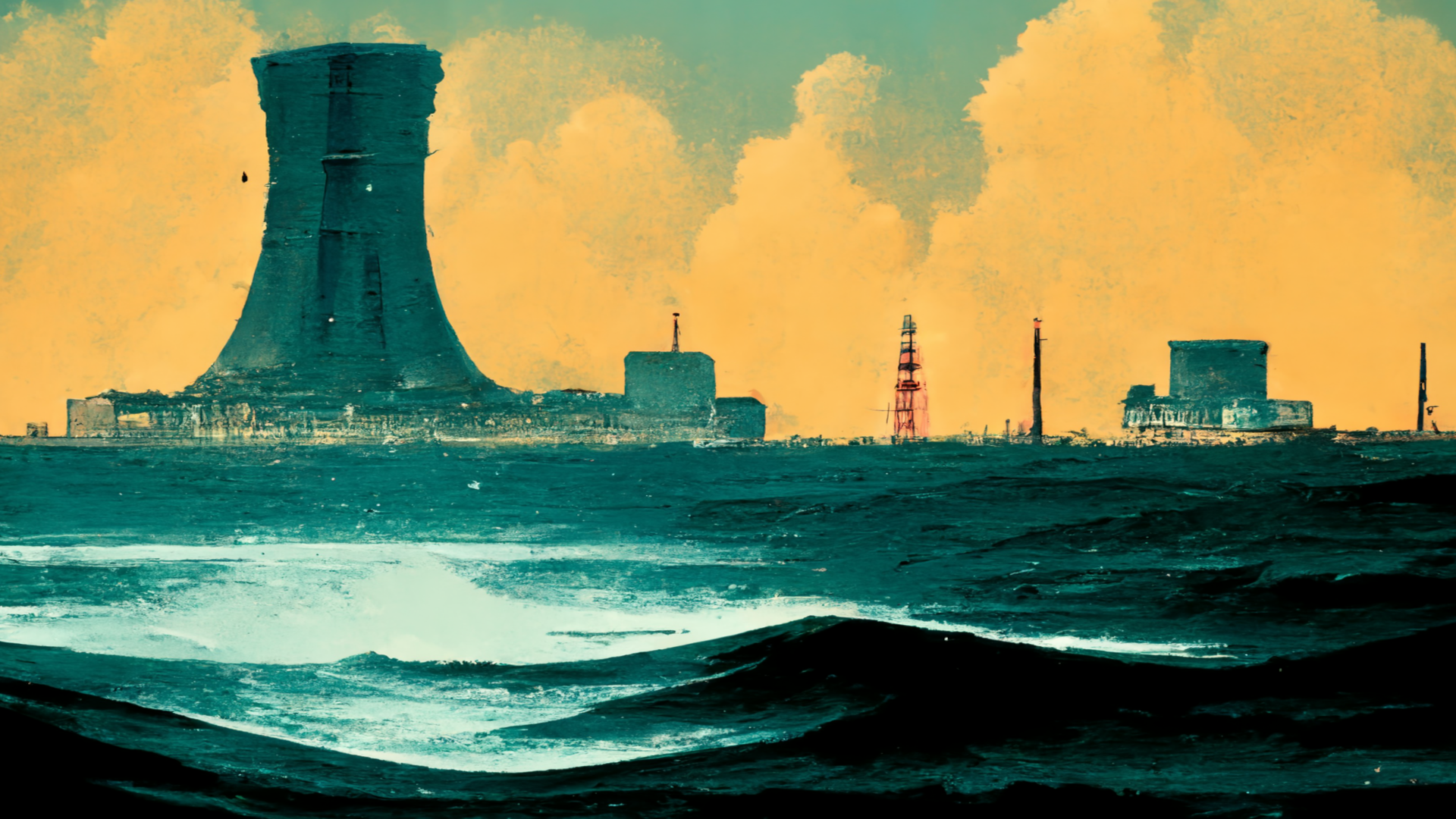Fukushima Aftermath – Pictures from inside the exclusion zone
On the 11th of March 2011 Japan recorded its most powerful earthquake ever. A deadly quake that took the lives of almost 20,000 people. It was so powerful that Honshu, the main island of Japan was shunted 8 feet (over two metres) to the east of where it had previously been. The Fukushima nuclear powerplant, located on the eastern coast of Japan, responded as it should. As soon as the automated system detected the quake, the reactors began the process of shutting down. Power was lost because of this, triggering the back up diesel generators. Without power, diesel generators are needed to provide power to the pumps cooling the reactor cores. Without this cooling, nuclear meltdowns occur.
However, the earthquake had also produced a 14 metre high (46 feet) tsunami. This tsunami quickly breached the coastal plant and flooded it, causing the back up pumps to fail. Due to this water breach, 3 reactors went into nuclear meltdowns. A fourth reactor narrowly avoided the same fate.
This disaster ranks as high as you can on the International Nuclear Event Scale. The only other disaster to receive the highest rank of 7 is Chernobyl. It was that destructive. 150,000 people had to be evacuated from the surrounding area.
Fukushima Aftermath
We could go into the environmental damage done, the amount of radiation that flowed into the pacific ocean or the failure to meet safety requirements on the part of the company operating the plant. But that’s not why I wrote this article. That has and continues to be covered extensively. I wrote it to show you some incredible, unauthorised pictures from inside the exclusion zone. If you would like to read an extensive report of the event, the World Nuclear Association has one you can read here.
Mindlessly scrolling social media (as you do), I came across a reddit post that led me to an imgur gallery. Posted by imgur user xanthon, it shows him exploring the exclusion zone (known as the red zone) and the Fukushima aftermath. These incredible pictures were posted in 2016. Xanthon says that upon entering the town of Futaba, his eyes had a burning sensation and the air smelled of chemicals. It didn’t slow him down though and he explored the town alone, the only person there. Not something I’d recommend but it’s amazing that he went and shared the pictures with everyone. There have been other pictures from inside the zone, but those are all from official sources that have toured the area. These pictures are just a guy exploring and seeing what he found.
I’ve tried to chose the most interesting pictures to show you. If you want to see the full gallery and comments, click here.
Fukushima Aftermath Pictures











Some Good News
These images are from just 6 years ago and show a town deserted and in the process of being reclaimed by nature. But that’s not the whole story. August of this year (2022), unbelievably, Futaba was reopened. Well, parts of it were. The downtown and northeast of the city have been reopened after being declared safe. The areas have relatively low levels of radiation. It is, however, proving difficult to persuade people to return. Which is understandable. Not only would it still feel like a risk to live there, many have settled elsewhere in the intervening years. The Fukushima aftermath, like Chernobyl before it, will take decades, if not longer to fully come to grips with.
